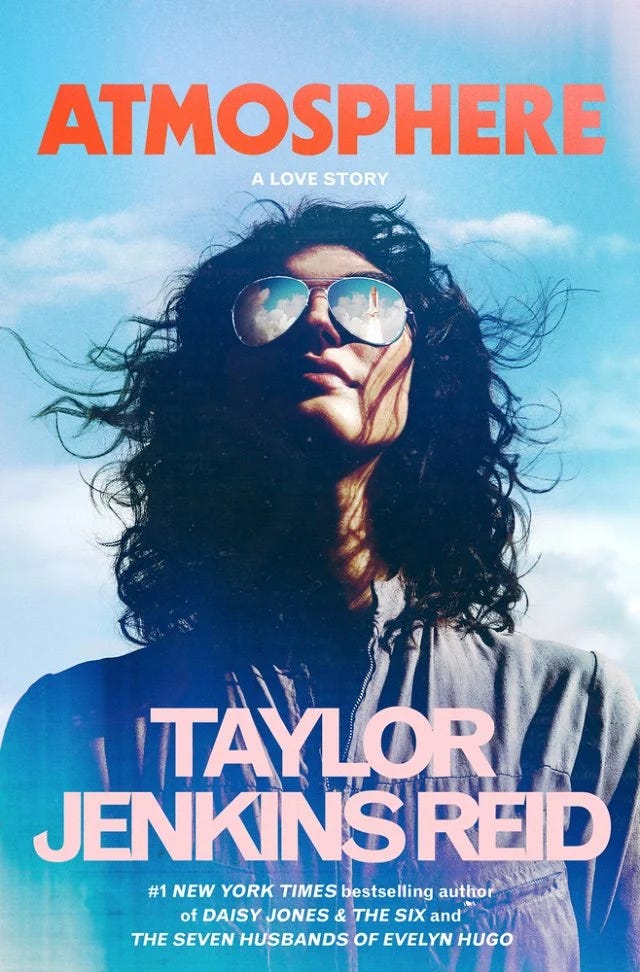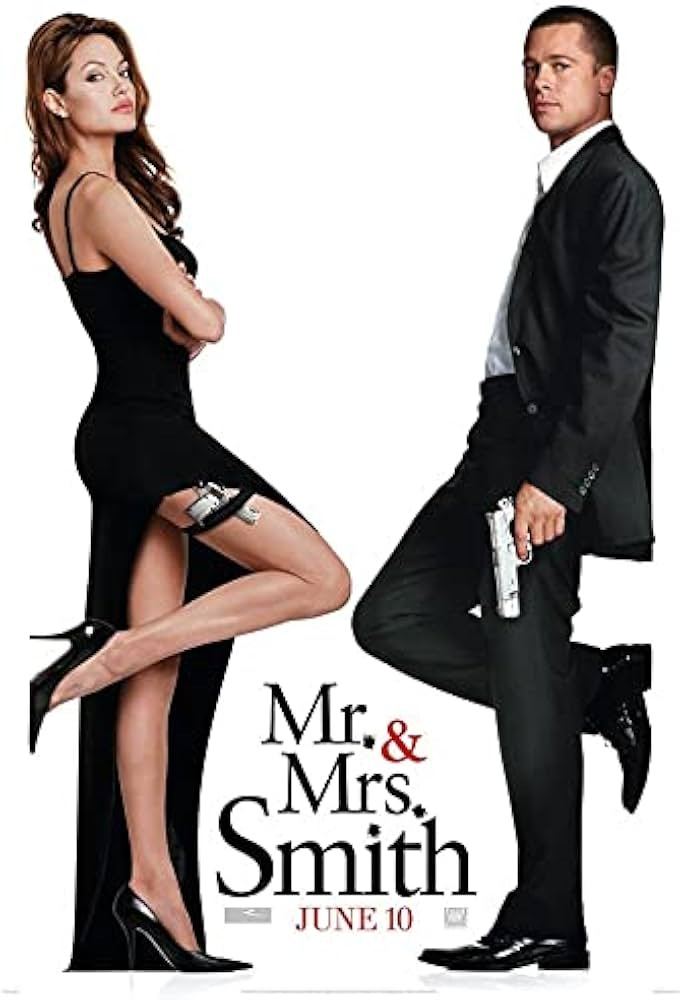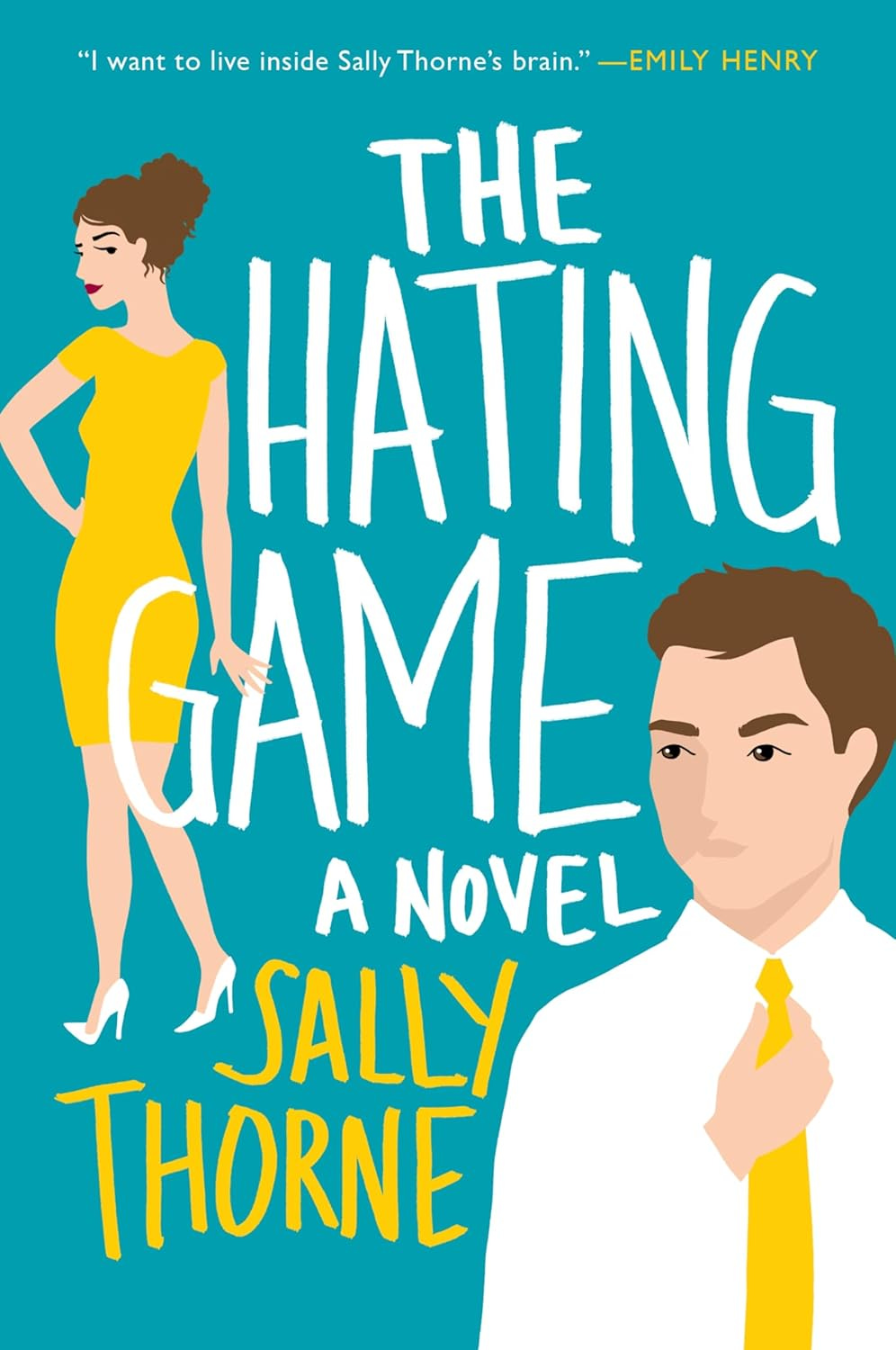Will the Love Story Make a Comeback?
Rom-com Movies, Rom-com Books, and Love Stories
Happy post-Valentine’s Day, the holiday celebrating paper mail, people going on dates, and buying things for each other.
With Romantasy living rent free in my head these days, I’ve been pondering the question of which kinds of novels the world needs more of, rather than just titling against the windmills of trends. Last week I wrote:
Sports stories, like love stories, don’t have to reinvent the wheel to be effective. Readers will always want to know if two people can overcome obstacles to fall in love just like they’ll want to know if the team they’re rooting for wins the big game in the end.
But while the line between romance and stories about people falling in love is fairly clear (i.e. the sex or, as the romance readers like to euphemize it, nowadays “the spice”), there is a fascinating middle ground between the two: the romantic comedy, also known as the rom-com. This genre is like a love story—it’s about two people falling in love—but rom-coms are also akin to romance because while the sex isn’t the point, rom-coms are plotted toward a predictable place (commitment). It’s no surprise that the mainstream romance boom was proceeded by a rom-com boom.
But what really defines a rom-com in terms of novels? Are they the same as love stories or are they something different? When do the two slide into each other and become indistinguishable?
Rom-com Films vs. Rom-com Books
Modern rom-com books are rare in that as a genre they follow the storytelling templates that originated in films. In particular, these books borrow from the golden age of movie rom-coms, which started in the late 80s, peaked in the 90s, and ran into the early 2000s. Typically, this creative pollination happens in the opposite direction, as literature is a much lower cost medium in which to test out original ideas than film is. A film adapts a book by cutting out a lot of the material (a two hour movie is about 100-150 pages of script, about half or less the length of a typical novel) and depth in literature and putting it on the screen. This is why there’s always a pretty strong “the book is better than the movie” contingent.
As someone who loves a good rom-com film but doesn’t often connect with a rom-com book, it seems to be that something is lost between the mediums. Rom-com books tend to eschew the comedy part of the portmanteau quite a bit—going for cute, charming, and witty banter over outright comedy (more a happy smirk than a laugh). Rom-com books also lack the benefit of films which have actual physical chemistry and the real rhythm of people speaking and reacting to each other on screen. Mr. & Mrs. Smith is not one of the archetypical rom-com movies (it really hasn’t been replicated in films or books ever since, with good reason), but it is perhaps the best example of a dynamic a novelist is hard pressed to replicate on the page (aka Brad Pitt and Angelina Jolie falling in actual love during filming). Or the consensus greatest-of-all-time rom-com When Harry Met Sally, in which Meg Ryan and Billy Crystal display a I-get-you, intellectual chemistry on par with Brangelina.
But while rom-coms in novel form lack some of the natural advantages of the best movie rom-coms, that’s not the only reason the films are better than the books. Rom-com novels are going from film-to-book with similar dumbing-down results as book-to-film: sanding off the edges of classic rom-com films in order to lean into the tropes that these films created— enemies to lovers, working women, manic pixie dream girls. They might feel a bit flatter and formulaic primarily because rom-com movie tropes feel as if they were created unintentionally. Rom-coms weren’t a prestigious film genre when they were being created but they were all original ideas (i.e. not IP or remakes). Eventually critics and artists noticed conventions and now these conventions are the whole scaffolding of the story in rom-com novels— a typical rom-com isn’t trying to avoid tropes or really invent new ones at all.
What defines a modern rom-com novel?
I did a little consulting on the book side of rom-coms as I am not an avid reader in the genre. Common sense would point to 1996’s Bridget Jones’s Diary as the beginning of the modern rom-com in literature, but that novel has some radical differences from what the genre is now (more on that later). When I asked my regular rom-com reader “what is the most rom-com rom-com of this era” they said The Hating Game by Sally Throne.
Even without having read The Hating Game, from the first glance it is clear this is the modern rom-com I know and 2016 when it was published is right about the year that the modern rom-com boom kicked off. Illustrated figures on the cover? Check. Premise (enemies to lovers) baked into the title and first line of the description? Check. Book publishing as the setting (“executive assistants to co-CEOs of a publishing company”? Check. It’s worth looking at the Amazon page for The Hating Game (sorry Bookshop.org) just to see all of the algorithmic suggestions that are nearly identical in packaging and setting/trope in the title (The Wedding Date, Nora Goes Off Script, Loathe to Love You). It’s no mistake that far away from the golden age of rom-com films is where the more formulaic rom-com books reign.
Love Stories
In contrast to rom-coms, novels have always beaten the brakes off of movies when it comes to stories of love, from Shakespeare to Jane Austen and beyond. Part of the reason, as with the superiority of rom-com movies, is likewise technical—so much of what makes love interesting is internal and unsaid, and that’s hard to convey when your medium is picture and sound.
In literature the most defining difference between a rom-com and a true love story is that the relationship isn’t the only thing going on. What makes a great love story is that there’s a lot more than two people flirting until they decide they want to be together. In short, there’s circumstance. There’s war, there’s family, there’s disease, and friendship, and loneliness, and all kinds of other messy stuff.
And largely why the rom-com films of the 80s and 90s are so great besides a font of original storytelling is because they retained this fundamental messiness of a love story in a new form. Pretty Woman is admittedly a crazy premise that probably doesn’t hold up under a 21st century microscope. But it was also unsafe in ways that gave it the seriousness of a traditional love story— Julia Roberts gets attacked at one point in the film because that’s what other men think they can do to a sex worker. Pretty Woman also has a socioeconomic difference in protagonists that you hardly see in rom-coms or love stories, modern or otherwise. To put it mildly, Pretty Woman doesn’t get everything right, but it sure doesn’t lack for circumstance or a real world grittiness surrounding the characters. Likewise, Bridget Jones’s Diary (the book) cannot fully be considered the modern rom-com originator because it wasn’t formulaic. As a novel it had more in common with the great movie rom-coms of its era—a novel about society in the Jane Austen sense as much as it is about a love triangle.
While the rom-com and romance are at the center of much of reading right now, it seems the love story is not at the center of literature anymore. Read any famous book written pre-1960 and a romantic relationship is almost guaranteed to be at the center of the novel or a major subplot. Kind of understandably, as getting married is no longer the end all be all of life, love stories aren’t a necessity to storytelling (which is probably a good thing).
And yet there is some evidence that the answer to the question of “will the love story make a comeback in fiction?” is a heartening “yes!”. Sally Rooney, Dolly Alderton, David Nicholls—I don’t know why writing love stories is so UK based for some reason—all put out popular literary books in the last year or so that pass this test. The wildly popular The Wedding People by Alison Espach transforms into a bit of rom-com by the end but deals with heavy circumstance—suicide, divorce, grief—throughout. I had the chance to read an early copy of Taylor Jenkins Reid’s new novel Atmosphere, which comes with the apt subtitle “a love story”, where it would usually read “a novel.” It has a gripping plot centered around two people falling in love with many layers— of character, of research, of societal circumstance — and little trope (but maybe a little bit of cheesiness).

And there are many younger writers— check out Liz Riggs’ novel Lo-Fi and Cat Shook’s Humor Me — doing the same, showing perhaps that there is a way to claw our way back from pure genre rom-coms into more literary love stories. As a reader, the return of the love story is something to cheer. And as an editor, if I got to work on the next great one? I would love that.







Oooo if you’re a sucker for a rom com, you may like my new series: https://open.substack.com/pub/alexamariedavis/p/how-i-met-my-second-husband?r=3z1oh&utm_medium=ios